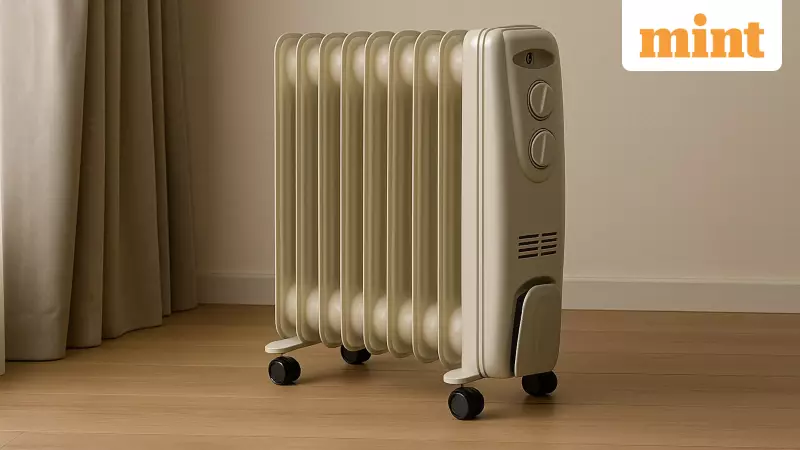
This winter season, a particular heating device has captured everyone's attention across social media platforms. From Instagram reels to YouTube tutorials, OFR heaters have become the most discussed home appliance of the year. The cozy setups featuring these heaters have made them a must-have accessory for Indian households seeking comfortable warmth during chilly days and nights.
Understanding the Technology Behind OFR Heaters
Oil Filled Radiator (OFR) heaters operate using a unique heating mechanism that sets them apart from conventional blower-based heaters. These devices contain diathermic oil that gets heated internally and circulates through metal fins. The oil acts as a heat reservoir, maintaining warmth for extended periods even after the heater is switched off.
The heating process combines both radiant and convection methods, creating a gradual temperature rise that feels natural and steady. Unlike traditional heaters that blast hot air suddenly, OFRs distribute heat gently throughout the room, mimicking natural warmth without creating uncomfortable hot spots or drying out the air.
Advantages That Make OFR Heaters Popular
These heaters perform exceptionally well in large spaces such as bedrooms and living rooms. Their silent operation makes them perfect for people who enjoy quiet activities like reading, working, or watching movies without disturbance. The absence of noise has become a significant selling point for urban households seeking peaceful environments.
One of the most appreciated benefits is that OFR heaters don't burn oxygen or reduce humidity levels. This characteristic makes the air quality more comfortable for children, elderly family members, pets, and even houseplants. The energy efficiency of these units becomes particularly noticeable during prolonged usage, making them cost-effective for all-night heating.
The residual heat feature means the heater continues warming the room even after being turned off, providing what many users describe as 'bonus heat' without additional electricity consumption.
Considerations Before Making Your Purchase
Despite their advantages, OFR heaters come with certain limitations that buyers should carefully consider. The most significant drawback is the slow heating time - these appliances take considerable time to warm up completely, making them unsuitable for those seeking immediate warmth on extremely cold mornings.
The initial investment for a quality OFR heater is higher compared to conventional alternatives, and prices vary based on the number of fins and wattage capacity. The physical design tends to be bulky and heavy, creating challenges for people who need to move the heater between rooms frequently.
In smaller rooms or when used incorrectly, these heaters might consume more electricity than anticipated. The size and weight also make them impractical for users who prefer portable heating solutions that can be easily transported around the house.
Key Features to Evaluate Before Buying
When selecting an OFR heater, pay close attention to the number of fins, as this directly correlates with heating capacity. Common configurations include 9, 11, and 13 fins, with higher numbers generally suitable for larger spaces. Wattage requirements should match your room size and heating needs.
Essential safety features include adjustable thermostats, overheat protection, and automatic cut-off mechanisms. Some advanced models come equipped with PTC fans that accelerate heating, though this might increase power consumption. Always calculate expected usage hours against wattage to estimate running costs accurately.
Proper maintenance involves keeping the heater upright at all times and ensuring the fins remain dust-free for optimal performance and safety.
Who Should Actually Invest in OFR Heaters?
These heaters ideally suit night owls, homebodies, allergy-sensitive individuals, and anyone who values quiet surroundings. They work perfectly for people spending extended periods in single, large rooms and for those who prefer consistent, gentle warmth rather than sudden temperature changes.
OFR heaters are not recommended for small apartment dwellers, people needing instant heat, or those who frequently move between rooms. If you're uncertain whether the heating style matches your preferences, visiting a local store for a test run can provide valuable firsthand experience before committing to purchase.
The current trend might make OFR heaters appear indispensable, but understanding their specific advantages and limitations will help you make an informed decision that aligns with your lifestyle and heating requirements.





